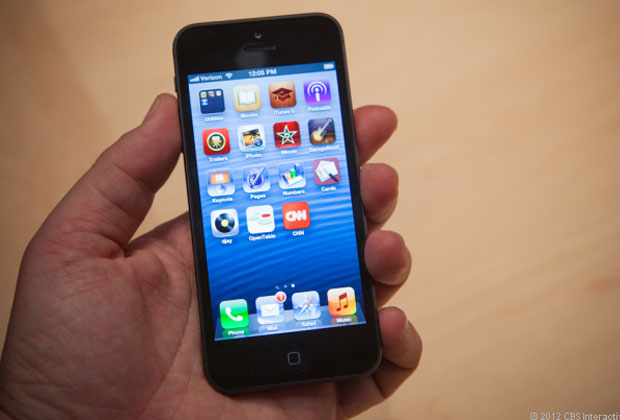Apple Chief Executive Officer Tim Cook took the stage to a crowd full of excitement, unveiling the latest Apple product, the iPhone 5, on Sept 12.
Apple confirmed the rumors surrounding its design, features and specs that have been roaming the Internet for the weeks leading up to the event. The new handset will sport a larger retina screen at 4 inches and a thinner profile, with the thickest part of the phone at 0.3 inches. The headphone jack has also been moved from the top of the device to the bottom of the device next to the smaller dock connector. The new device is also 20 percent lighter than the previous iPhone 4S.
The phone will run on Apple’s new iOS 6 mobile operating system. Apple introduced a new app called Passbook, which is only available through iOS 6. Passbook ties airline boarding passes, loyalty programs and coupons together in one place. Passbook is expected to be a game changer for shopping, buying tickets of events and boarding airlines. With the new iOS update Apple will also replace Google Maps with its own Apple Maps This comes as a blow to Google, which owns the Android operating system and has become the most popular mobile platform in the world in recent months, overtaking Apple.
The phone will be available on three of the major mobile networks in the US, Sprint, AT&T and Verizon. All of those networks high-speed 4G networks, called LTE, which the iPhone 5 supports. Apple plans to stock the stores shelves and go on sale with the device on September 21, but customers can start pre-ordering Friday, September 14. Prices on iPhone 5 runs: $199 for 16GB, $299 for 32GB, $399 for 64GB with a two-year contract. Analysts have predicted sells of the latest device to 10 to 12 million phones in the first month alone, making it the largest phone launch in history.












